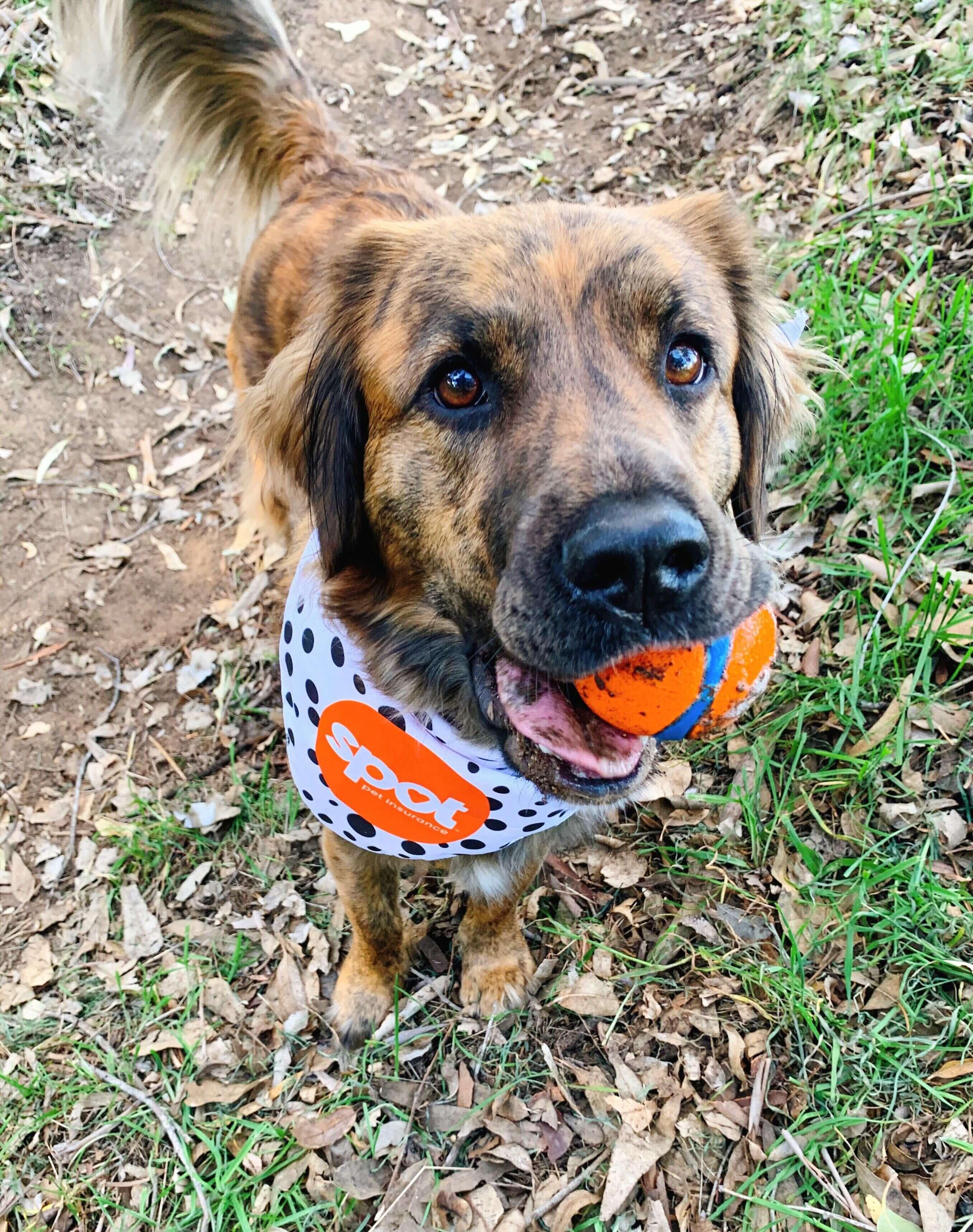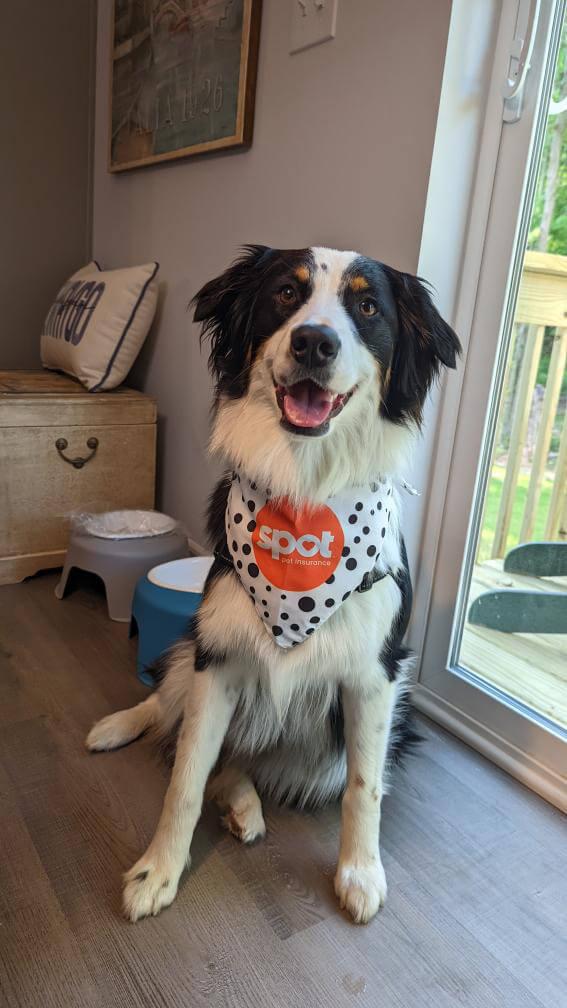If you’re hoping to share your home with a chill, low-maintenance pup, calm dog breeds can be the perfect match. Whether you’re a first-time pet parent, living in a smaller space, or just prefer a relaxed lifestyle, there are plenty of breeds known for their laid-back and loving nature.
In this guide, we highlight the best calm dog breeds that offer affection, companionship, and stability, without requiring endless hours of exercise or constant stimulation.
What Makes a Dog Breed “Calm”?
Calm dogs typically share several characteristics: they don’t react intensely to stimuli, have moderate to low energy levels, and are emotionally steady. These dogs often adapt well to different environments, don’t bark excessively, and are less likely to be destructive if their basic needs are met.
Importantly, calmness is not the same as laziness. Calm dogs still enjoy walks, play, and engagement—they’re just easier to settle and don’t thrive on chaos. Size isn’t everything either: large breeds like Great Danes can be gentle couch loungers, while some small breeds have high energy.
Benefits of Calm Dog Breeds
A calm dog can fit seamlessly into a wide variety of home environments. Here’s why many people seek them out:
Perfect for smaller homes or apartments – They don’t need huge backyards or constant stimulation
Great for new pet parents – Easier to manage with a more predictable temperament
Ideal for seniors or people with mobility limitations – Gentle nature and lower energy requirements make daily care more manageable
Family-friendly – Their peaceful behavior is less likely to overwhelm children or other pets
A relaxed dog can help maintain a soothing household atmosphere, making them a great match for those who value calm and quiet over excitement and action.
Top 10 Calmest Dog Breeds
1. Basset Hound2
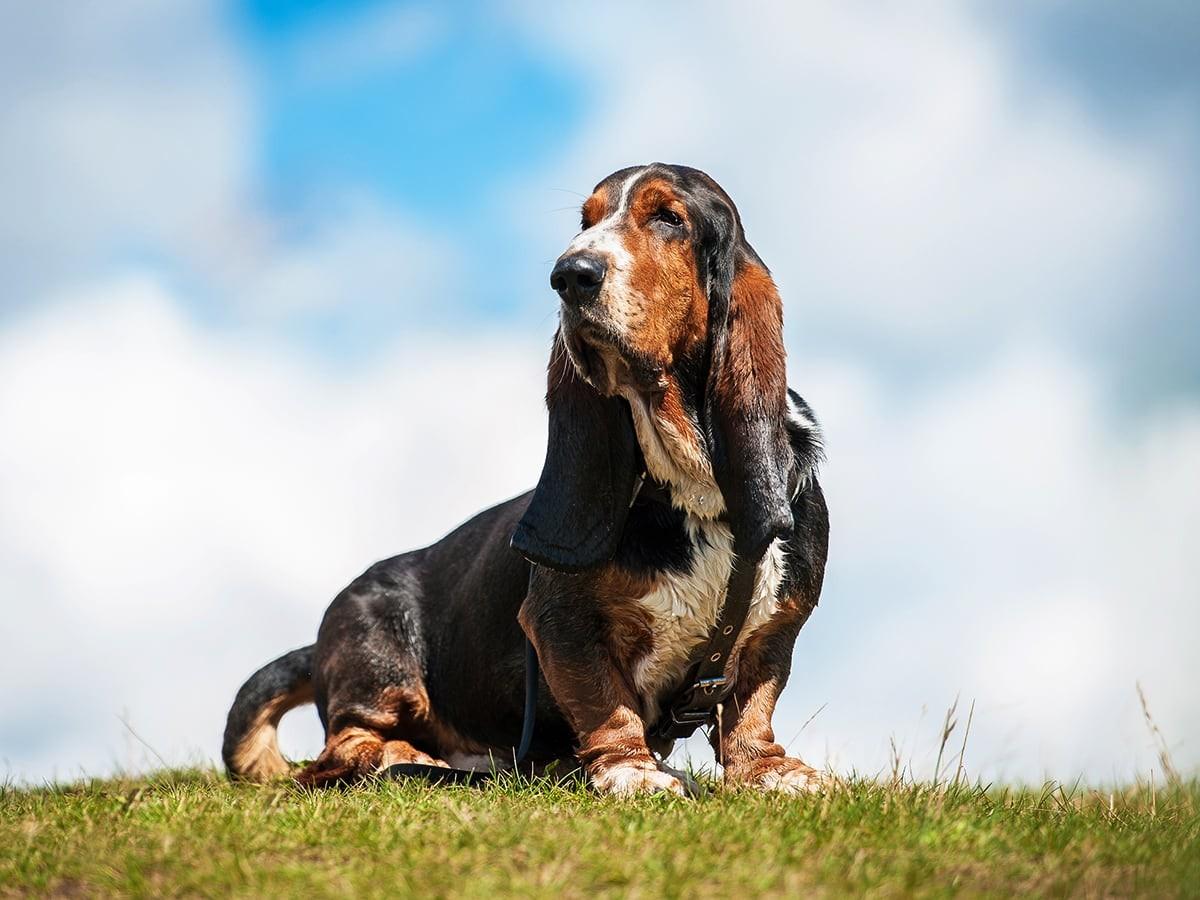
Personality: Known for their slow and steady demeanor, Basset Hounds are affectionate, loyal, and rarely in a rush.
Why They're Calm: Their natural pace is low-energy, making them perfect for relaxed households.
Care Tips: Regular ear cleaning and joint care are essential, along with short daily walks.
2. Cavalier King Charles Spaniel2

Personality: Affectionate and gentle, Cavaliers thrive on human companionship and quiet routines.
Why They're Calm: They’re happiest cuddled up at home and are rarely hyper or high-strung.
Care Tips: Daily brushing and short, playful activities help keep them healthy and content.
3. St. Bernard2

Personality: Gentle giants with a nurturing streak, St. Bernards are famously patient and calm.
Why They're Calm: Despite their large size, they’re slow-moving and love lounging indoors.
Care Tips: Due to their build, regular joint monitoring and a safe space to stretch out are key.
4. Greyhound1
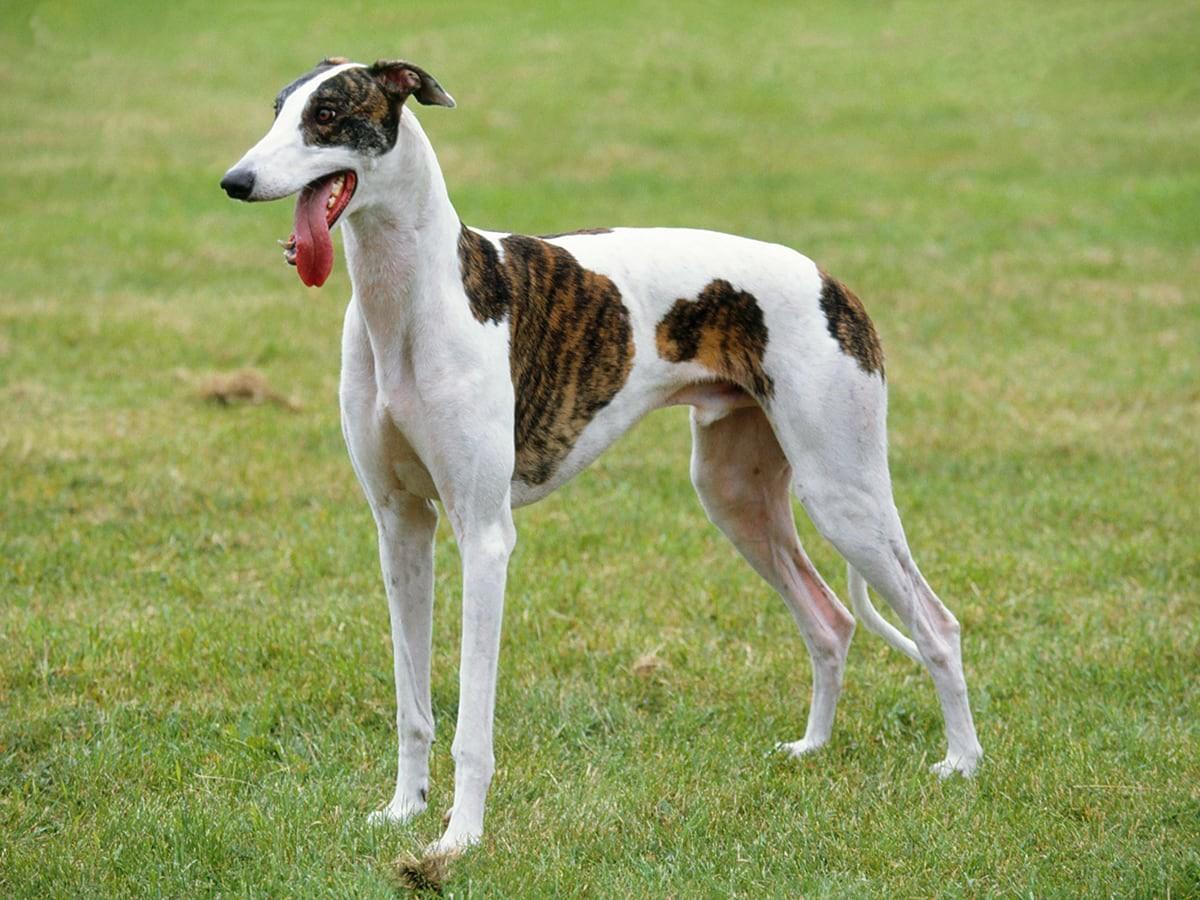
Personality: Independent and mellow, Greyhounds are surprisingly chill considering their racing background.
Why They're Calm: They enjoy short bursts of energy, followed by long periods of rest.
Care Tips: Minimal grooming and a cozy resting spot are often all they need indoors.
5. Irish Wolfhound1
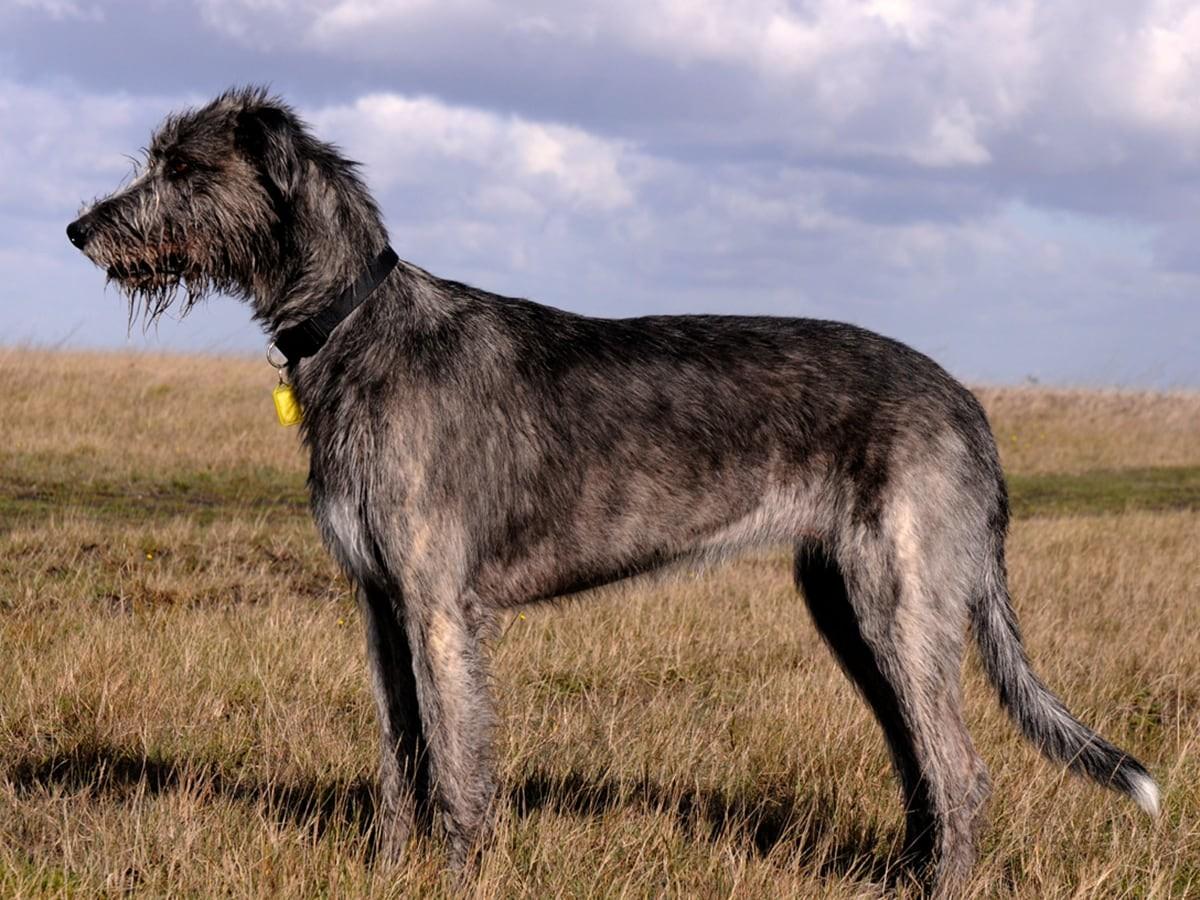
Personality: Dignified and docile, Irish Wolfhounds are gentle by nature and affectionate with their families.
Why They're Calm: Their calm presence is matched by a sweet disposition and relaxed pace.
Care Tips: Soft bedding, early training, and heart health monitoring are important due to their size.
6. Tibetan Spaniel2

Personality: Alert yet calm, Tibetan Spaniels are affectionate companions who enjoy peaceful environments.
Why They're Calm: They don’t demand a lot of exercise and enjoy snuggling just as much as exploring.
Care Tips: Light grooming and short daily walks keep them happy and healthy.
7. English Bulldog1
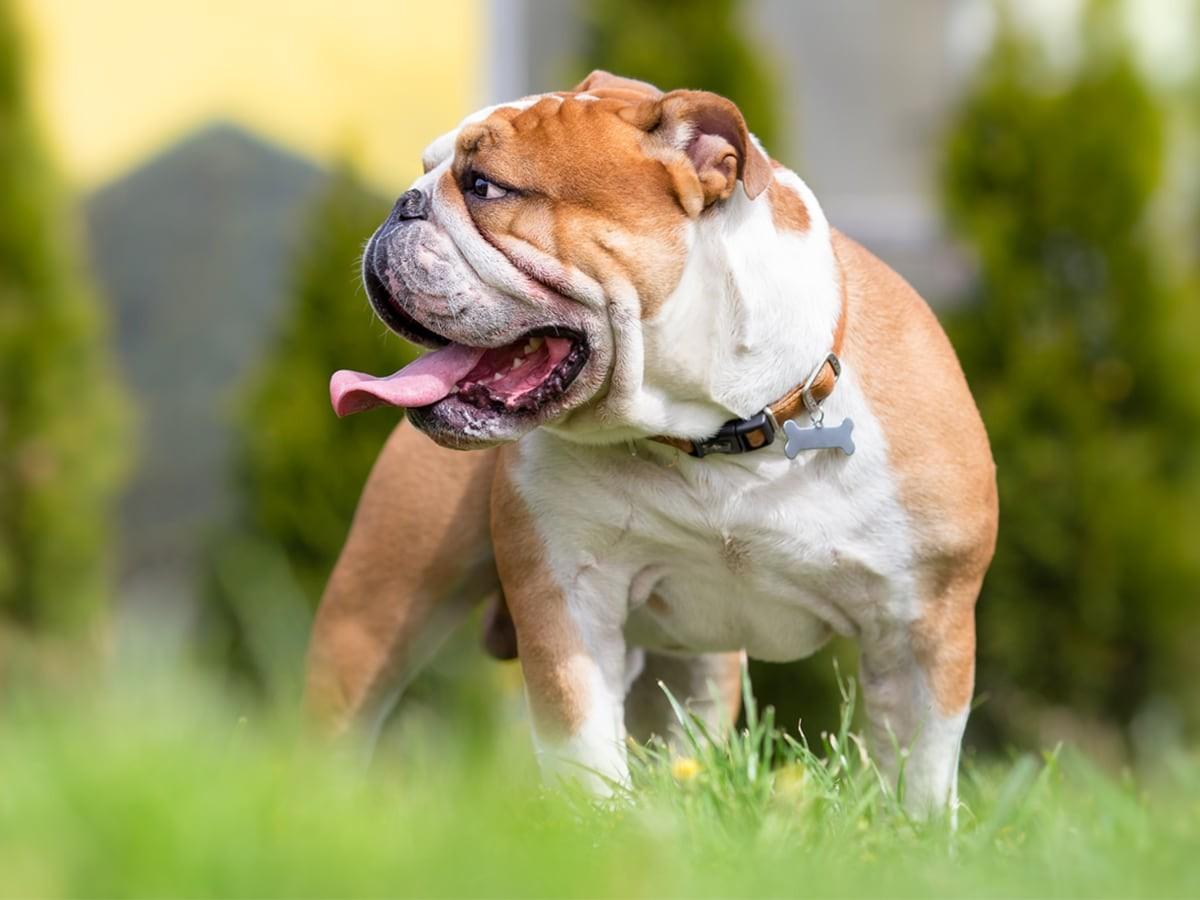
Personality: Steady and dependable, English Bulldogs are naturally low-energy and thrive in calm settings.
Why They're Calm: Their laid-back attitude makes them ideal indoor companions.
Care Tips: Monitor their weight, and be cautious in warmer weather due to sensitivity to heat.
8. Newfoundland1
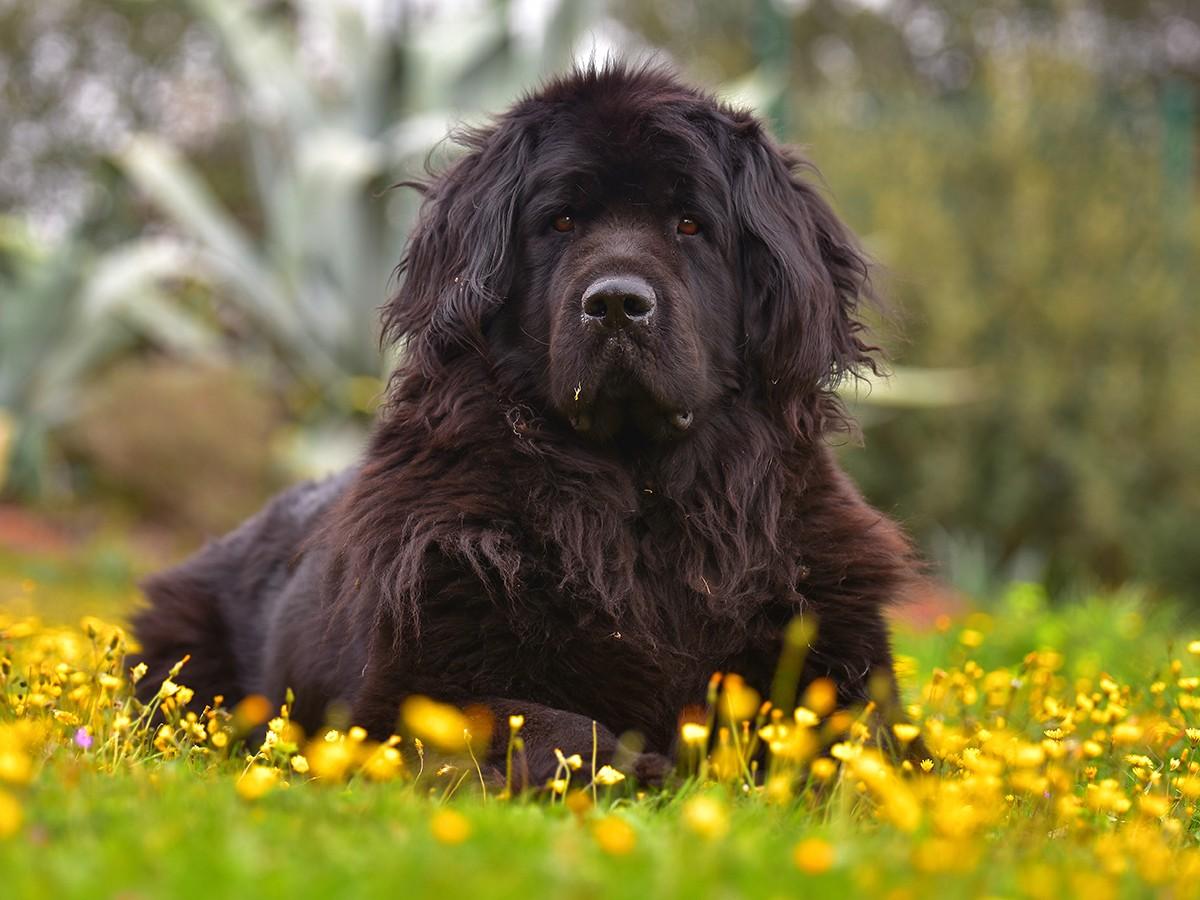
Personality: Calm, kind-hearted, and especially good with kids, Newfoundlands are famously gentle.
Why They're Calm: They enjoy family life and are rarely startled or reactive.
Care Tips: Regular grooming and enough space to rest comfortably are key for this breed.
9. Clumber Spaniel2

Personality: Calm and loving, Clumber Spaniels adapt well to quiet homes and predictable routines.
Why They're Calm: They are emotionally steady and not prone to high excitement.
Care Tips: Moderate activity and consistent schedules help them thrive.
10. Pekingese2

Personality: Regal yet affectionate, the Pekingese is known for being composed and self-assured.
Why They're Calm: They don’t require much exercise and enjoy lounging in familiar environments.
Care Tips: Regular grooming and gentle handling are best for their sensitive backs and coats.
Tips for Raising a Calm Dog
Even the calmest breeds benefit from thoughtful upbringing. Here’s how to support a peaceful temperament:
Keep feeding, walking, and rest times on a consistent schedule
Socialize early so your dog is confident in different environments
Provide gentle structure rather than overstimulation
Offer mental enrichment through scent games, puzzle toys, and calm indoor play
The key is balance: meeting your dog’s physical and emotional needs while keeping their environment relaxed and predictable.
Misconceptions About Calm Dog Breeds
There are a few common myths about calm breeds. Let’s clear them up:
“Small dogs are always more hyper.”Not necessarily! Many small breeds like the Shih Tzu and Cavalier King Charles Spaniel are known for their calm, easygoing natures.
“Calm dogs don’t need exercise.” All dogs benefit from regular movement and mental stimulation. Calm breeds just tend to have lower exercise needs, not no exercise needs.
“Calm means no training needed.” Calm dogs may be easier to train, but they still need guidance. Structure helps them maintain their relaxed demeanor and prevents boredom.
Expert Insights from Spot
While calm dog breeds can bring serenity to your household, it's important to be aware of the potential health issues some of these breeds may face. According to Spot data from 2024:
The average claim cost for hip dysplasia—a condition common in larger, calmer breeds like Bernese Mountain Dogs and Great Danes—is $613.30*.
Ear infections, often seen in breeds with floppy ears, average around $340.22 per claim*.
Cancer, which can affect a wide range of breeds as they age, averages a claim cost of $1,096.86*.
Another serious condition, bloat, primarily seen in deep-chested breeds like Great Danes and Newfoundlands, can be very costly, with an average claim of $3,576.13*.
Lastly, hypothyroidism, which can impact breeds like Labradors and Bulldogs, typically has a lower average claim cost of $155.28*.
These insights highlight the importance of understanding breed-specific health risks and the potential benefits of pet insurance to help manage unexpected medical costs.
FAQs
What is the calmest dog to have? Many breeds are known for their calm demeanor, but the Basset Hound, Cavalier King Charles Spaniel, and Great Dane are often ranked among the calmest. These dogs tend to be easygoing, enjoy lounging, and adapt well to quiet households.
What dog breed has the least anxiety? Breeds like the Clumber Spaniel, Newfoundland, and Bernese Mountain Dog are known for their emotional stability and low reactivity. They tend to handle new situations and changes in the environment with minimal stress when properly socialized.
What is the most gentle dog? The Newfoundland is widely regarded as one of the most gentle dog breeds, especially with children. Their sweet nature and patient disposition make them a favorite for families. Labrador Retrievers and Shih Tzus are also known for their kind and nurturing personalities.
Are calm dogs easier to train? In many cases, yes. Calm dogs are often more focused and less distracted, which can make training sessions smoother. However, they still need consistent structure, clear communication, and positive reinforcement to learn effectively.
Do calm dogs still need exercise? Absolutely. Even low-energy dogs benefit from daily walks and playtime to stay healthy and mentally stimulated. While they may not need intense activity, regular movement is essential to prevent boredom and support their overall well-being.
Key Takeaway
Calm dog breeds offer an ideal match for peaceful homes and relaxed lifestyles. Whether you’re looking for a dependable companion in a quiet apartment or seeking a gentle family pet, these breeds combine low-key energy with unwavering loyalty. Choose the right breed, meet their needs, and you’ll gain a soothing presence who brings balance to your daily life.
More About Spot Pet Insurance
Spot accident and illness plans can be used with any licensed vet in Canada or the U.S. Whether you are home or traveling to the U.S., Spot can reimburse the cost of vet bills for the diagnosis, treatment, or management of covered conditions. Spot’s accident and illness plans can help cover a variety of conditions, including broken bones, lacerations, aggression, kidney disease, diabetes, and more. Pet parents can also get cash back on the cost of routine care, including wellness exams, certain vaccinations, dental cleanings, and more, by adding a wellness rider to their plan for an additional cost.
Learn more about dog insurance, or get a free quote.

I've had the privilege of immersing myself in the realm of pet safety. As the owner of an energetic mini golden doodle, I know just how stressful being a pet owner can be. I am dedicated to ensuring our beloved pets enjoy a life brimming with good health.
*Based on 2024 – 2025 Spot Pet Insurance Services, LLC. Claims data
Tracey L. Kelley. “13 Chill Dog Breeds Happy to Nap on Your Lap.” Daily Paws, 2 July 2024, www.dailypaws.com/living-with-pets/pet-compatibility/calm-dog-breeds.
Zachary, Jessika. “9 Calm Dog Breeds: Easygoing & Even-Tempered Canine Companions.” American Kennel Club, 5 July 2023, www.akc.org/expert-advice/dog-breeds/calm-dog-breeds/.



